Review: Mostly Mozart's MAGIC FLUTE versus Teatro Nuovo's STRANIERA, Ingenuity Outdoes Purism
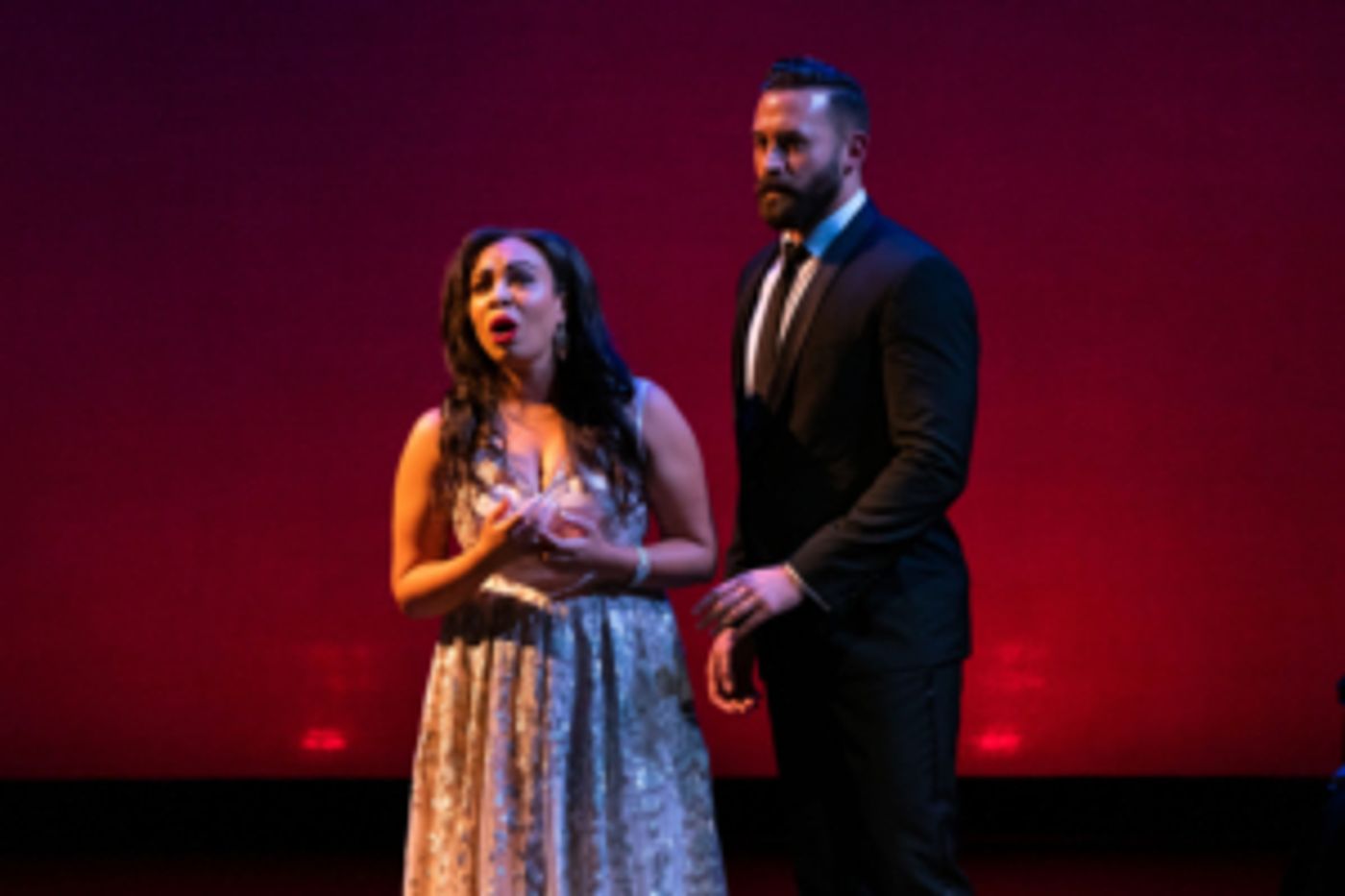
in LA STRANIERA. Photo: Steven Pisano
This week's opera performances--Teatro Nuova's LA STRANIERA by Bellini and Mostly Mozart's MAGIC FLUTE--proved that opera can be considered alive and well (and living in New York), as long as those producing it believe in it and give us some voices worth hearing.
LA STRANIERA
Nuova--the brainchild of Will Crutchfield after his long stint at Caramoor, who brought his two productions from SUNY Purchase (the Bellini and Rossini's GAZZA LADRA) to New York City for the first time--takes the purist approach to opera, semi-staging it in concert style.
It's a tack that I generally applaud. I find that most times when new opera productions take a regie direction--e.g., the director's staging ideas trump the composer's and librettist's intent--it usually raises a red flag to me. That means the director either hates opera, has no faith that the music still has the possibility of reaching the audience in its original form, or simply want to show off how much he or she can get away from the traditional.

LaBrie. Photo: Steven Pisano
So I'm generally happy to see an unsullied version of a work. The purist's attitude, of course, may wander off too far in the other direction, where every note originally written is worth hearing from an historical perspective, whether or not it's necessary or appealing to modern audiences.
But for STRANIERA, which has not been done for a while in New York--Renee Fleming did it in 1993 with Eve Queler, though the earlier interpretations of Caballe and Scotto are more fondly remembered--every note may be worth hearing, even if only to reject some of it, for we probably can't on hearing it again soon.
Crutchfield uses instrumentation and style that were close to what audiences might have heard in Bellini's time, and has found some persuasive singers that the audience at Jazz at Lincoln Center's Rose Hall could take to heart. with a fine chorus and outstanding period-style orchestra under violinist Jakob Lehmann and Crutchfield, who led from the cembalo, a precursor of the piano.
In particular, there were a pair of sopranos, Christine Lyons and Alina Tamborini, whose individual styles and distinctive voices, the former with some steel in it, the latter more luxurious in the Angela Meade style. Both were a pleasure to hear and made a persuasive case for their music. There was also the elegant voice of baritone Steven LaBrie, who also got a big laugh when he came back from the dead.
That was one of the problems with this opera, which has an unfortunately silly story even by bel canto standards and a score that I thought was nowhere near the best that the composer had to offer in his short, though productive, life. To my ears, it almost sounded like two different composers were at work here, a bland one for much of Act I, and then music that sounded more like the Bellini we know from I PURITANI and NORMA for Act II.
It was interesting to make the acquaintance of the work but there's a good reason that it doesn't make it into the online Aria Database as one of Bellini's top four, which includes SONNAMBULA and CAPULETI ED I MONTECCHI joining NORMA and PURITANI.
THE MAGIC FLUTE
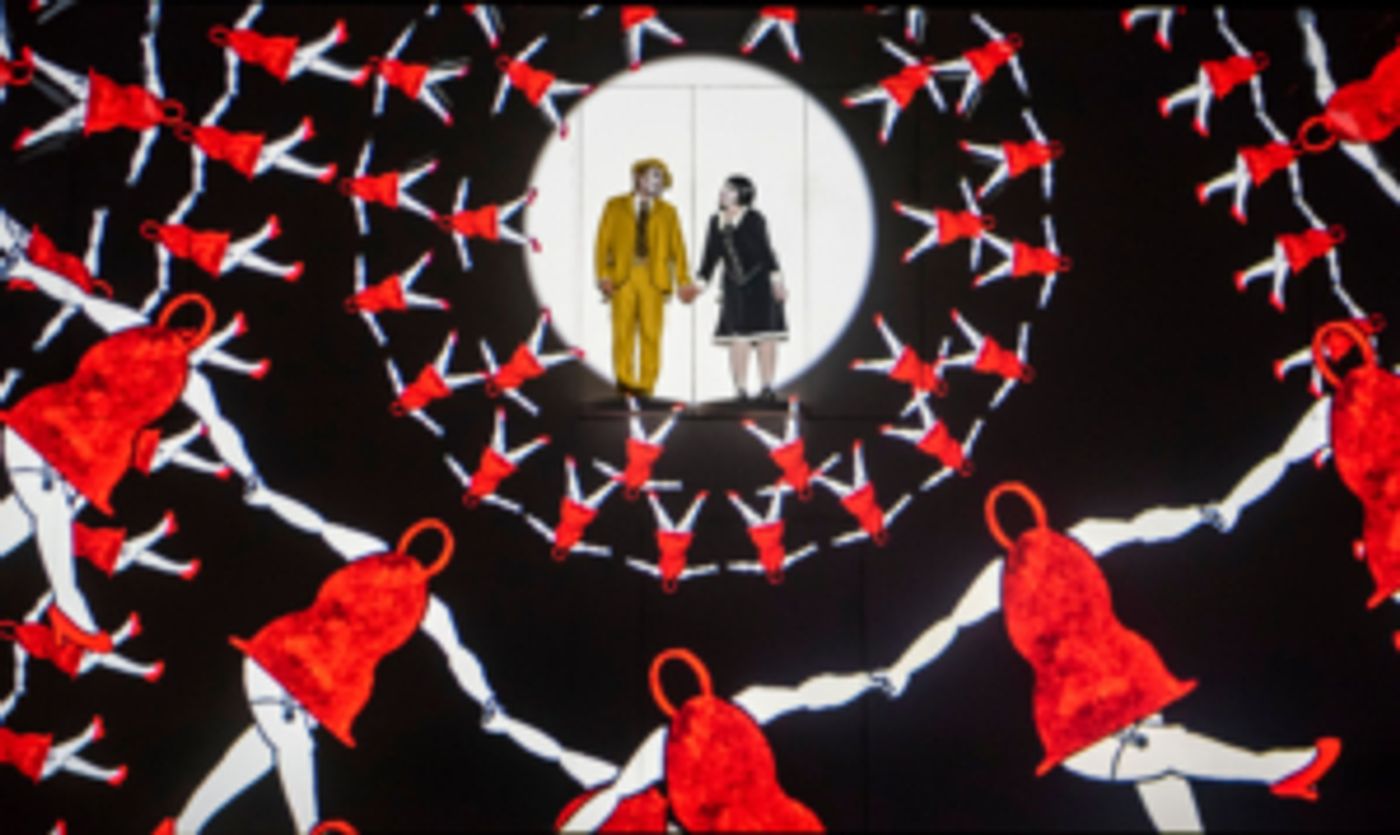
Stephanie Berger/Lincoln Center
The MAGIC FLUTE'S production at Mostly Mozart was new to New York but not exactly born yesterday: It debuted at the Komische Oper in Berlin in 2012 (a coproduction with the LA Opera and Minnesota Opera), with sparkling direction by Barrie Kosky and Suzanne Andrade, great animation from Paul Barritt (who came up with the concept with Andrade), stage and costume design by Esther Bialas and lighting by Diego Leetz.
I must admit that when I went to see it for the first time at Opera Philadelphia's O17 Festival almost two years ago, I was awfully wary of whether what I was going to witness was going to be too contrived for the sake of fun. But my skepticism was happily unfounded, for the production that combines live action and animation was happily true to Mozart while giving us something totally new.
Even on second viewing, it couldn't have seemed fresher, funnier or more delightful at Mostly Mozart the other night. The production, which might sound gimmicky on paper, holds up brilliantly, and the cast, Maestro Louis Langree and the MM orchestra and chorus, were first-rate. And, yes, there seemed to be some musical cuts as well, but none that did any damage to the proceedings.
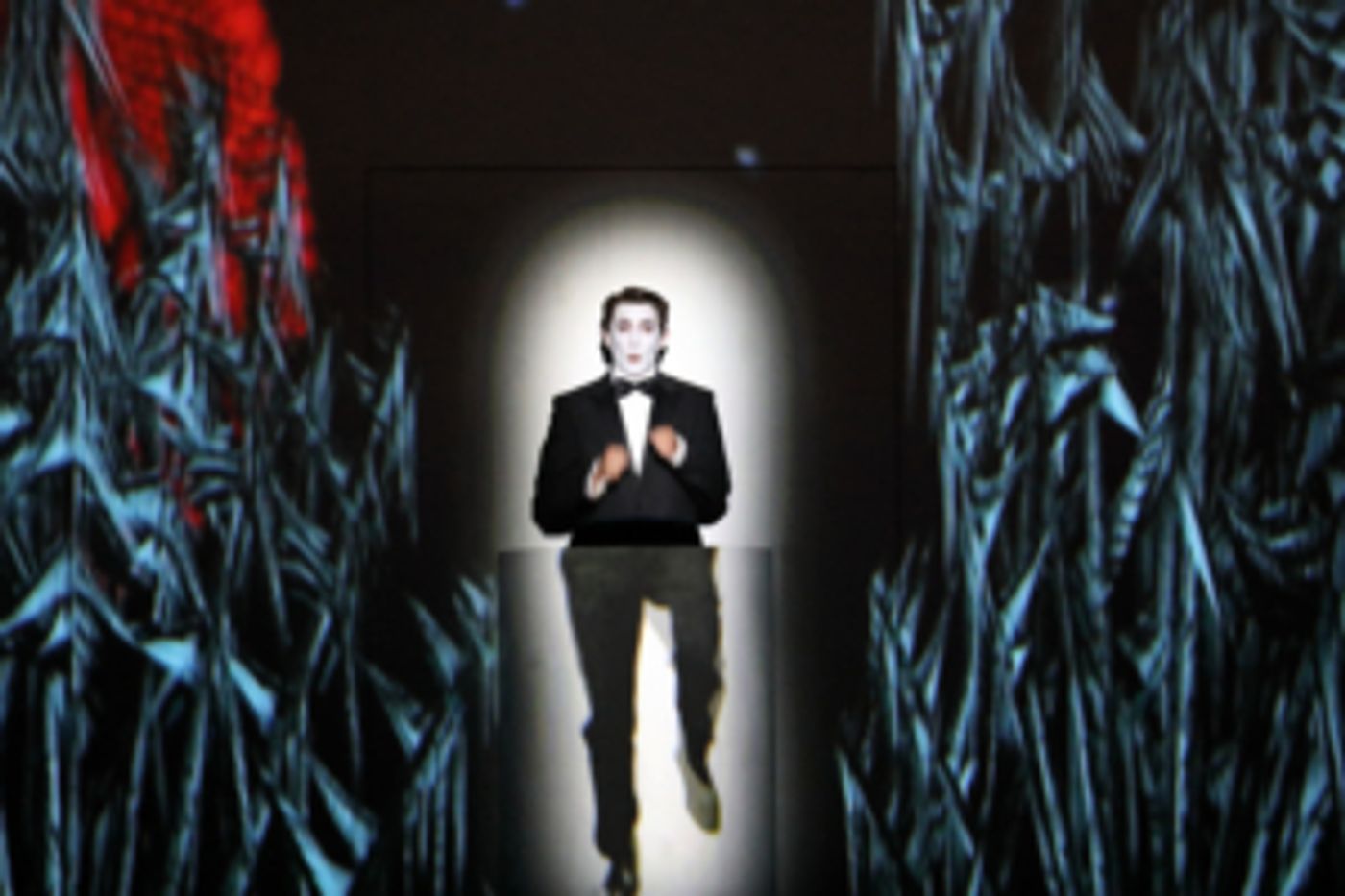
Tony Lewis/Adelaide Festival
The creators also dealt with one of the singspiel's less successful aspects--all the spoken dialogue that usually slows down parts of the opera to a crawl--by using projected versions of the spoken parts of the libretto against the white screen that is the backdrop for the animation. (It also holds a variety of door-like panels used wittily for entrances, disappearances and other aspects of the production.) As is the norm these days, the aria translations were shown in supertitles--bravo!, for once, were not so high that you couldn't read them and watch the action at once.
Love conquers all--as it should--for the prince and princess, the bird-catcher and his one true love in the opera, all set in the age of silent movies. Princess Pamina (the silvery soprano Vera-Lotte Bockert), for example, is modeled after the silent film actress Louise Brooks, complete with her hair in a bob.
The other unmistakable character is Monostatos (the funny tenor Johannes Dunz), here a dead ringer for Nosferatu, the vampire from the early German film by Murnau. My only complaint was that I wish the creators had taken the opportunity to edit out some of the more racist aspects related to Monostatos.
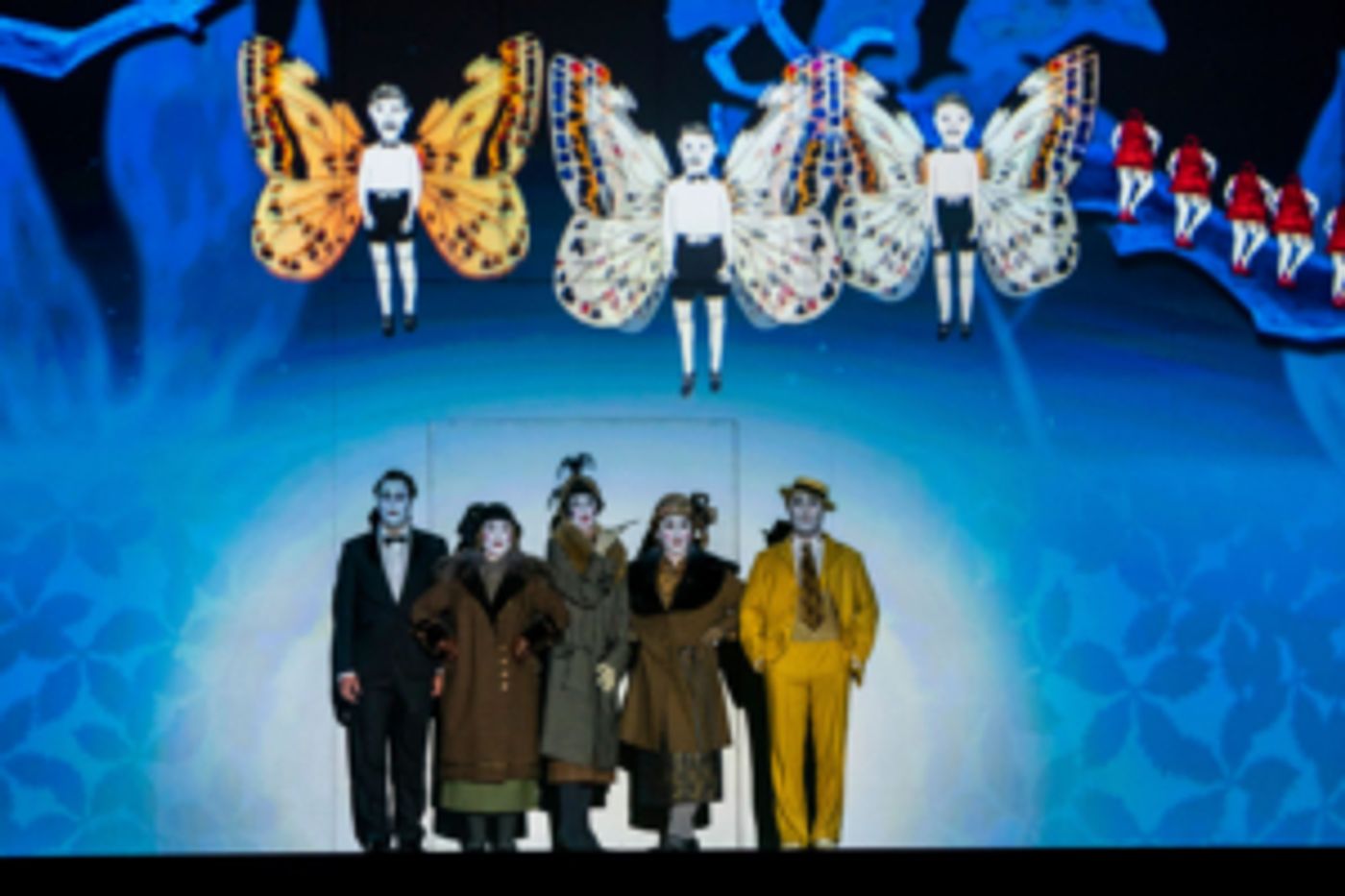
The rest of the cast was perfectly charming and/or scary, from the sweet tenor of Aaron Blake, who was an engaging Prince Tamino, the terrific coloratura of soprano Aleksandra Olczk as the Queen of the Night (whose stylized entrance projections looked like a Louise Bourgeois spider sculpture) and the not quite profundo-enough bass of Wenwei Zhang as Sarastro.
Soprano Talya Lieberman made a chipper Papagena to baritone Evan Hughes' stellar Papageno, while the wonderful trio of Ashley Milanese, Karolina Gumos and Ezgi Kutlu did a marvelous job as the interfering Three Ladies. I'd also like to give a shout-out to the three boy-spirits from the Tolzer Boys Choir (who weren't mentioned by name) and the choir soloists from the Komische Oper Berlin.
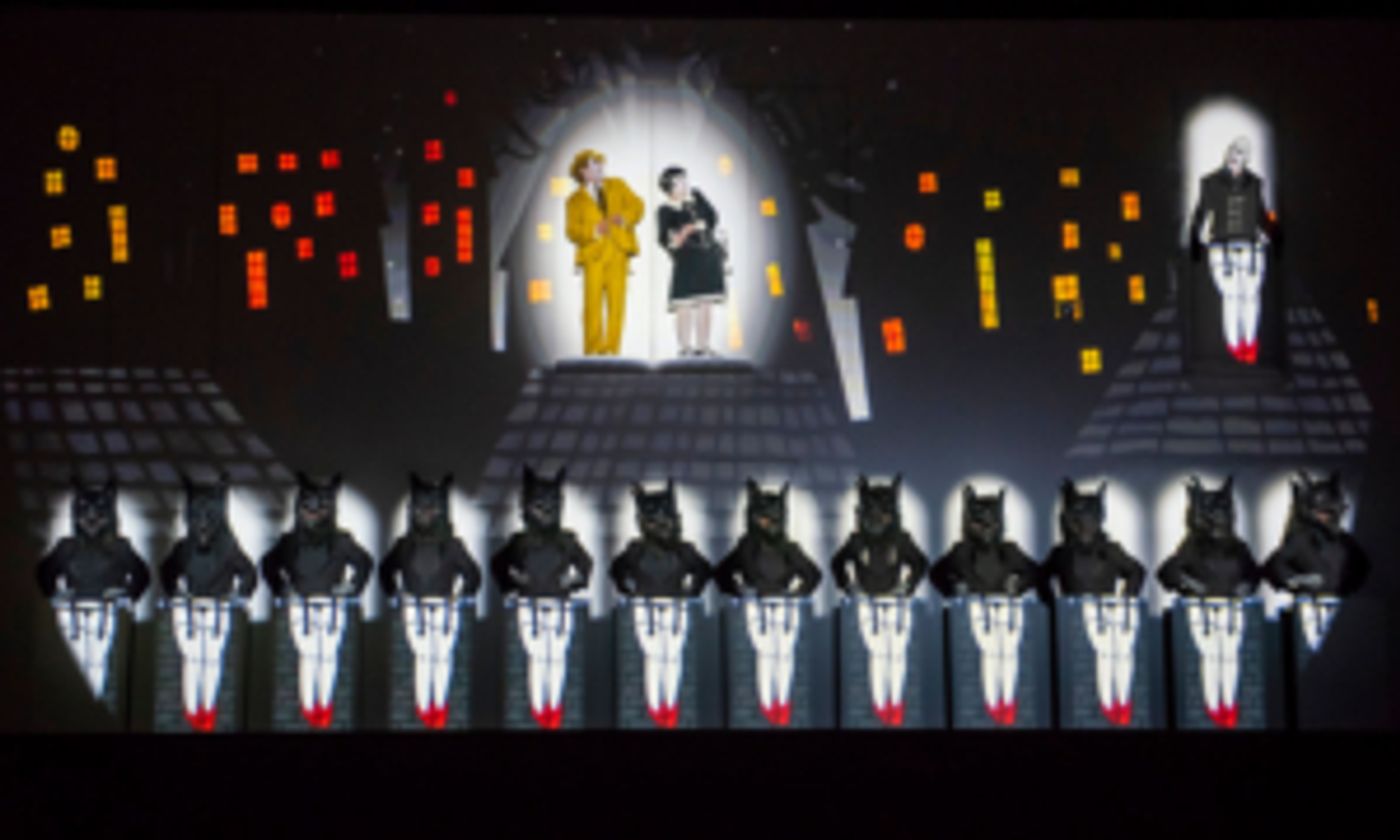
Stephanie Berger/Lincoln Center
This second look at the production made me wonder why the Met didn't take a go at it. Yes, Julie Taymor's version is fun but the originality of this one is unsurpassable. And I'd bet that they wouldn't have to do a stripped-down revision for the holiday season that, from my view, doesn't do anyone any favors.
There were kids in the audience at the performance the other night who managed the three hours without any crying or complaining that I could hear. And their parents, certainly, didn't have any complaints, either, judging by the roar of the crowd at the end.
Reader Reviews
Videos

